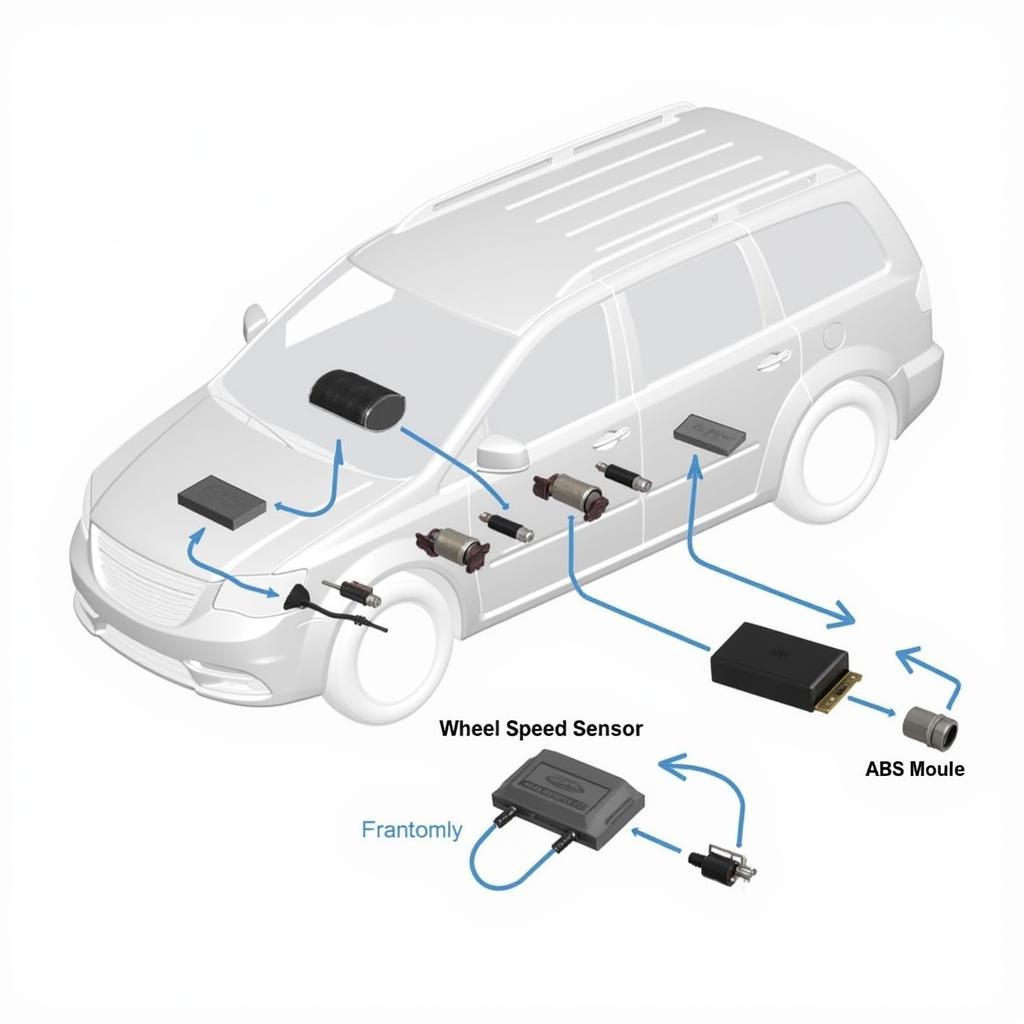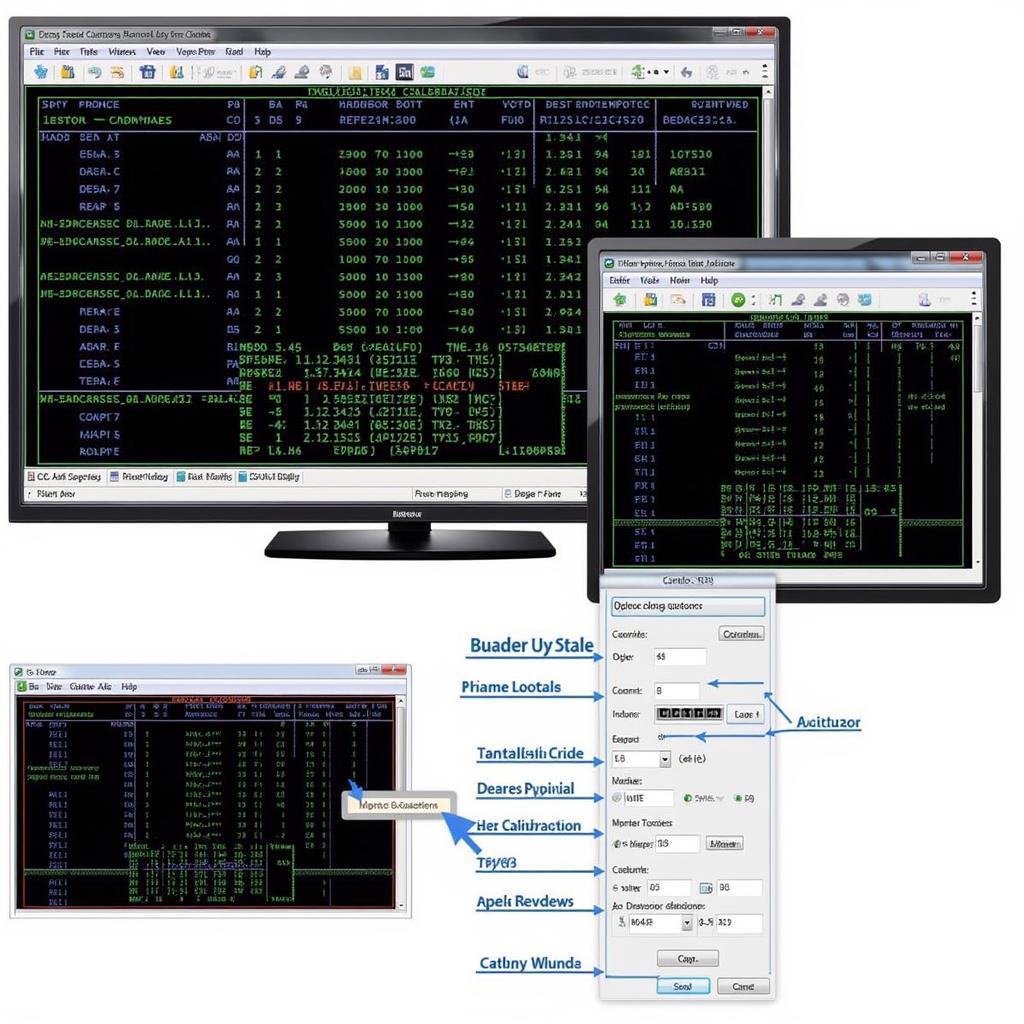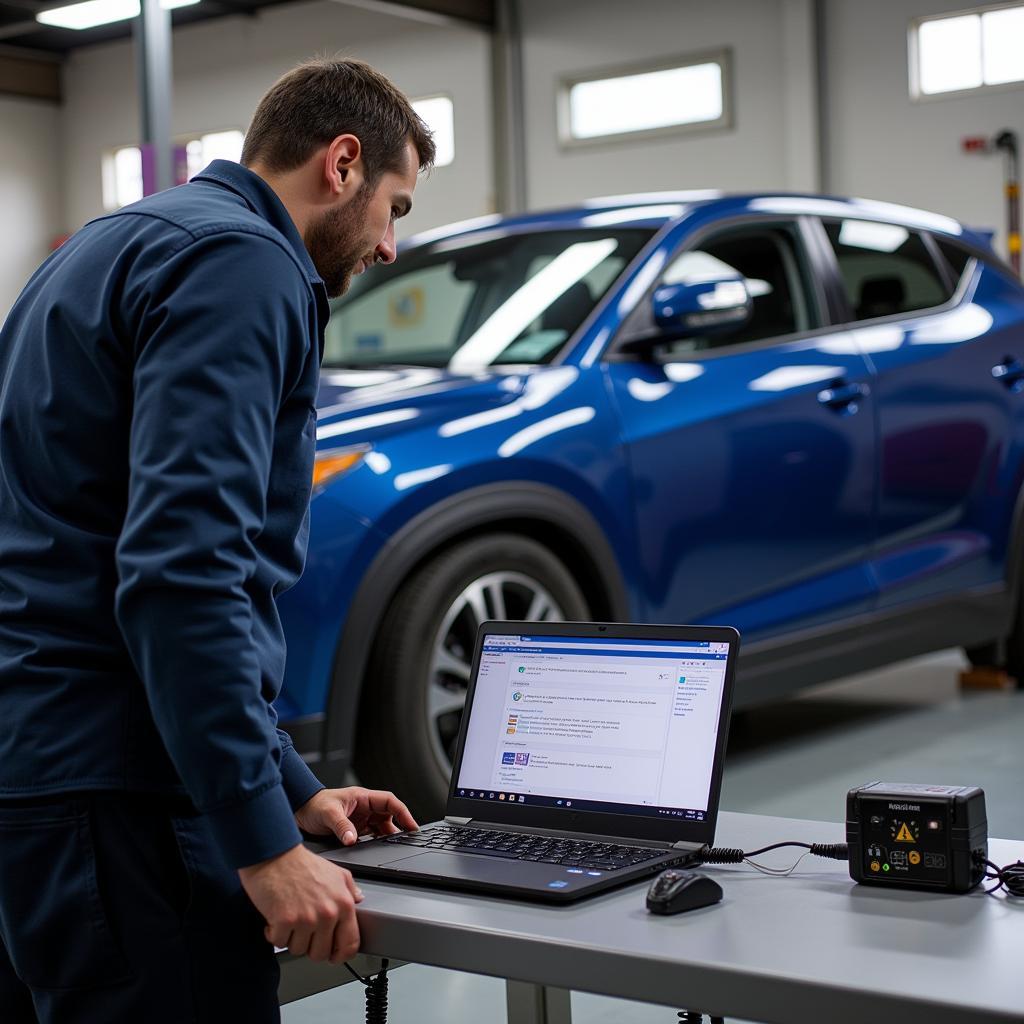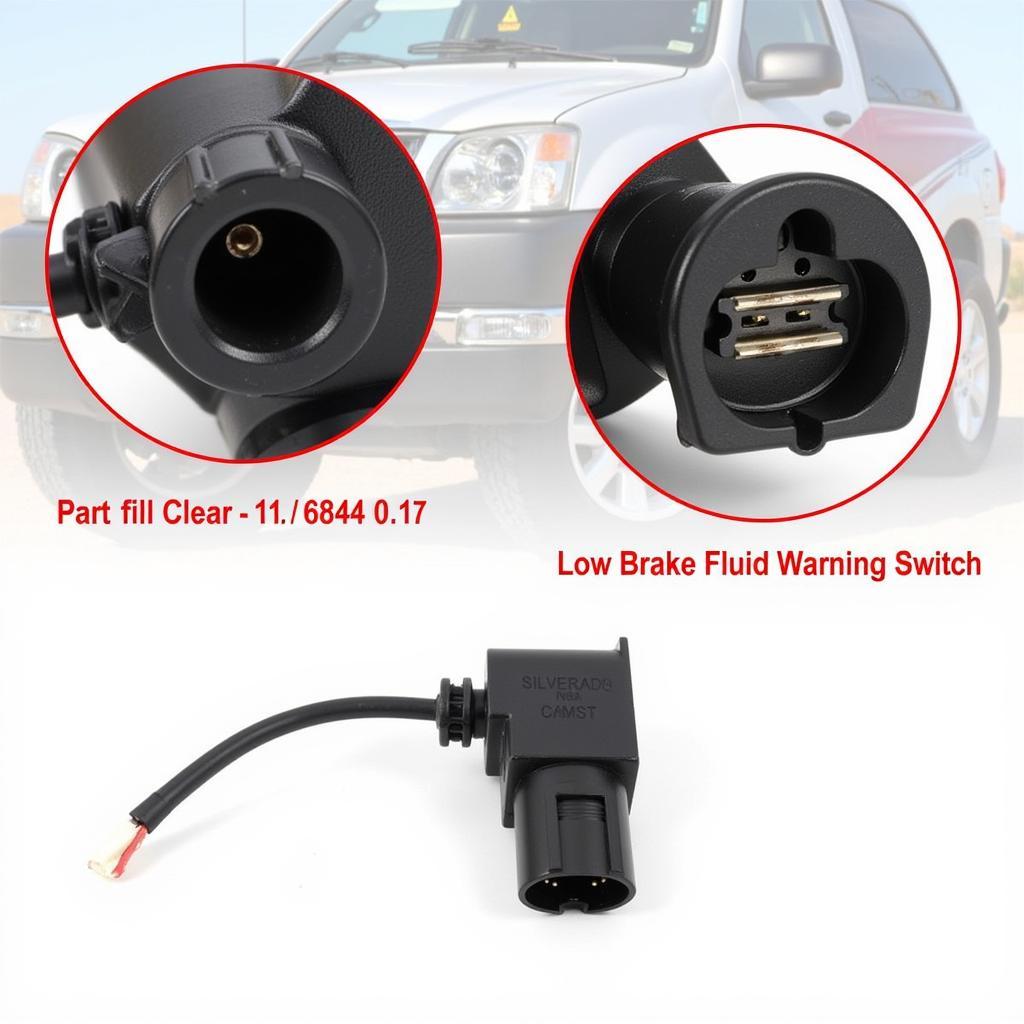The Warner brake control system is a critical component in many vehicles, ensuring safe and reliable braking performance. However, like any complex system, it can sometimes experience issues. This article explores common problems associated with the Warner brake control system, diagnostic procedures, and how remote programming and software installations can offer effective solutions. We’ll also discuss how remote diagnostics can identify and address these issues quickly and efficiently. Learn more about what a brake warning light looks like what does a brake warning light look like.
Understanding the Warner Brake Control System
The Warner brake control system is designed to provide precise control over braking functions. It integrates various components, including sensors, actuators, and electronic control units (ECUs), to manage braking pressure, stability, and overall performance. Understanding how these components interact is crucial for effective diagnostics and repair. A malfunctioning Warner brake control can lead to reduced braking efficiency, safety hazards, and increased wear and tear on other brake components. For instance, a faulty sensor might send incorrect signals to the ECU, resulting in improper brake application.
 Warner Brake Control System Components Diagram
Warner Brake Control System Components Diagram
Common Problems with Warner Brake Control
Several issues can arise with the Warner brake control system, ranging from sensor malfunctions to software glitches. Common problems include:
- ABS Light Illumination: This can indicate a problem with the anti-lock braking system (ABS), often related to wheel speed sensors or the ABS module itself. Understanding what a brake warning light looks like is the first step. what does brake warning light look like
- Reduced Braking Performance: This can manifest as a soft brake pedal, increased stopping distance, or uneven braking.
- Erratic Braking Behavior: This includes unexpected brake activation, pulsating brakes, or difficulty controlling brake pressure.
- Diagnostic Trouble Codes (DTCs): These codes, retrieved using a diagnostic scanner, provide valuable insights into the specific nature of the fault.
“A proper diagnosis is the cornerstone of any effective repair,” says John Miller, a senior automotive diagnostics engineer. “Without accurately identifying the root cause, you risk addressing symptoms rather than the actual problem.”
Remote Diagnostics and Programming Solutions
Remote diagnostics allows technicians to access a vehicle’s systems remotely, retrieve DTCs, and analyze real-time data. This can significantly speed up the diagnostic process and minimize downtime. Moreover, remote programming enables software updates and calibrations to be performed without physical access to the vehicle, offering a convenient and efficient way to address software-related issues.
 Remote Diagnostics Software Interface Screenshot
Remote Diagnostics Software Interface Screenshot
How Remote Services Work
- Connection: A secure connection is established between the vehicle’s onboard diagnostic port and the technician’s computer using specialized hardware and software.
- Data Retrieval: The technician retrieves DTCs and analyzes live data streams from various sensors and modules, including the Warner brake control.
- Diagnosis: Based on the data analysis, the technician identifies the root cause of the issue.
- Programming/Calibration: If necessary, the technician can remotely install software updates or perform calibrations to address the identified problem.
What is an emergency brake hazard warning? what is emergency brake hazard warning Understanding this can help you diagnose brake issues.
Benefits of Remote Solutions
- Faster Repairs: Remote diagnostics and programming can significantly reduce repair times.
- Reduced Downtime: Vehicles can often be diagnosed and repaired without needing to be brought to a physical workshop.
- Cost Savings: Remote services can eliminate the need for costly and time-consuming transportation.
- Increased Convenience: Repairs can be scheduled and performed at the customer’s convenience.
- Improved Accuracy: Remote access to detailed data and specialized tools can enhance diagnostic accuracy.
“Remote services are revolutionizing the automotive repair industry,” explains Sarah Chen, a leading expert in automotive software solutions. “They offer unprecedented efficiency, convenience, and accuracy, empowering technicians to deliver superior service.”
 Technician Performing Remote Diagnostics on a Vehicle
Technician Performing Remote Diagnostics on a Vehicle
Conclusion
The Warner brake control system is vital for vehicle safety and performance. Remote diagnostics and programming offer a powerful and efficient way to troubleshoot and repair issues with this complex system. By leveraging these technologies, technicians can quickly identify the root cause of problems, perform software updates, and calibrate systems remotely, ensuring optimal braking performance and minimizing vehicle downtime. Understanding the functionalities and benefits of remote services is crucial for staying ahead in today’s rapidly evolving automotive landscape. For specific issues like F150 brake warning lights, further research might be necessary. f150 brake warning light Keep your Warner brake control in optimal condition for safe and reliable driving.

